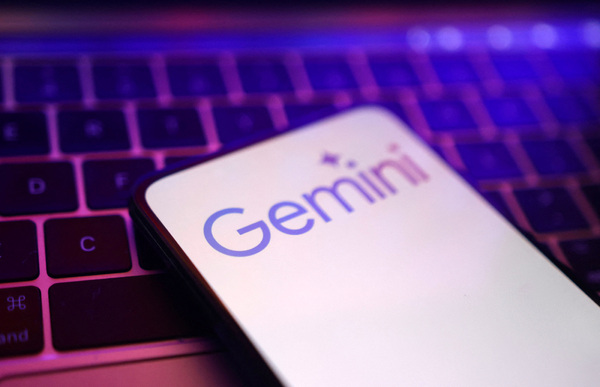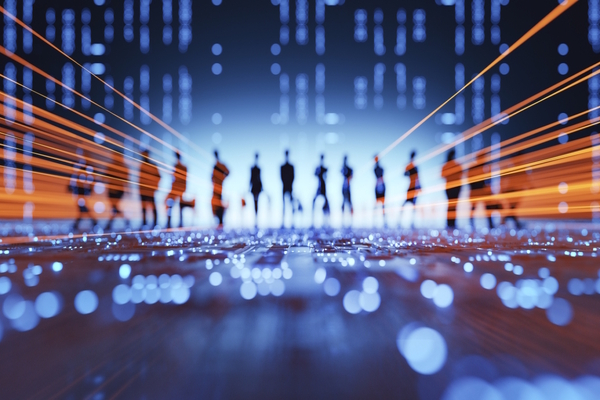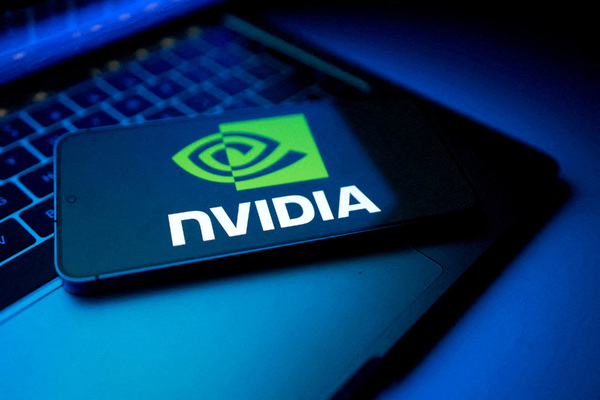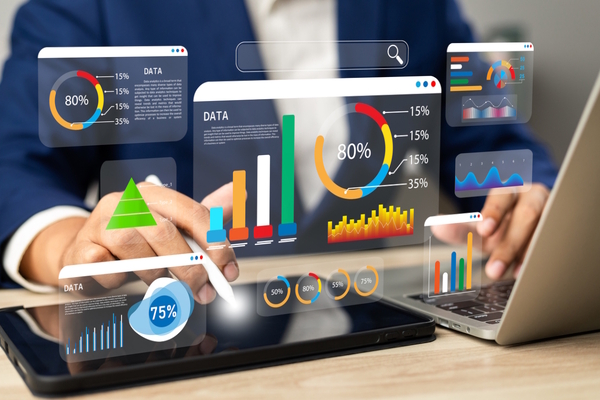Reimagining teamwork in the age of AI
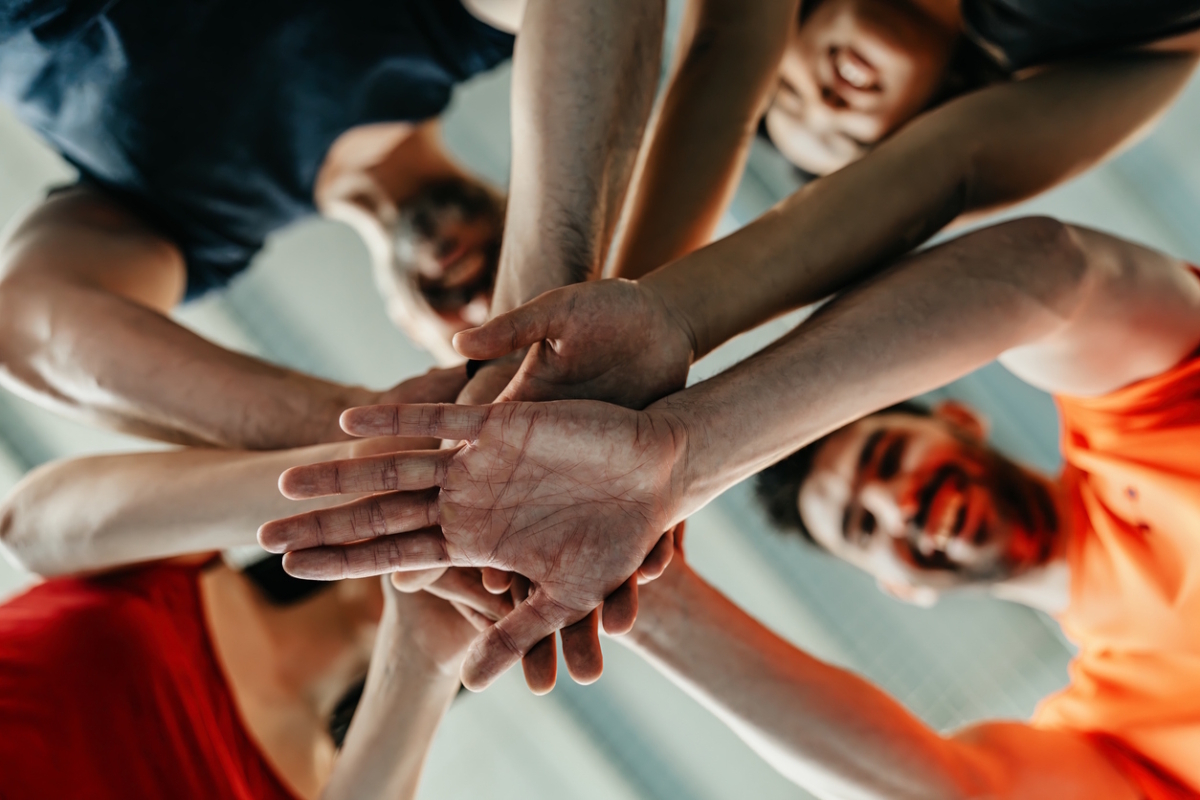
Rory Keddie at Miro wonders whether it is true that AI will really make work better, and what needs to be done to make this a reality
Whether building ancient cities, deciphering enemy codes in wartime, or launching rockets into space, the greatest human breakthroughs have come from teams collaborating around a shared goal. Forget the lone genius working in isolation: people have always been strongest when working together.
We see this with AI - an innovation developed from human ingenuity and collaborations across fields. Yet despite the collaborative history and nature of AI, the benefits so far remain largely individual, rather than at the team or organisational level.
But it’s time to shift focus to the collective potential of AI, not just as a personal productivity tool, but as a force multiplier for how teams work together. However, while knowledge workers across the globe are excited about the prospective benefits of AI in their workplace, Miro’s global research found that 46% of knowledge workers feel their company is all talk but no action when it comes to AI. This needs to change.
Let’s take a look at how AI can boost collaboration and bring greater value to businesses. From generating a shared understanding to revealing new ways to solve problems and build connections in a disconnected world, AI can unlock these blockers to teamwork.
Collaboration starts with shared understanding
Effective collaboration depends on a shared understanding of what the team is trying to solve, why this is important, and how they will do it. But in a world overflowing with information, clarity often evades us. Teams are drowning in data, from customer feedback to performance metrics and shifting market trends.
This is where AI is already reshaping the way teams work together. AI isn’t just another tool layered onto existing workflows. Instead, teams can leverage AI as a sense-making partner to pull data from across sources, highlight connections, and clarify what matters most.
Similarly, we’re now seeing the introduction of AI agents that empower teams in their decision making within a shared space for collaborative work. These agents draw from other tools and data sources to surface relevant context and insights, enhancing human decision-making.
When shared understanding is no longer a bottleneck, teams can focus on defining direction, setting working rhythms, and begin to solve problems with momentum.
The power of strategic integration
As we think about what potential AI has for teams, it’s important to remember that we’ve long leveraged technology to enhance collaboration.
During WWII codebreakers famously worked together with machines to spot patterns, test combinations, and ultimately break the Enigma code. This is one of countless examples throughout history, where teams harnessed technologies to collaborate better and, in the process, achieved tremendous breakthroughs.
But harnessing new technologies doesn’t happen overnight, and strategic integration can make or break success. This is especially important at this moment, since our survey found that many knowledge workers feel AI is not yet integrated meaningfully into their daily work. This disconnect creates confusion and cynicism towards the technology across teams and does nothing to support workers on their AI journey.
Although our survey found that 76% of workers believe AI could benefit their role, 54% simply don’t have the time or resources to learn how to use it. What’s more, four in 10 workers report that their organisation often abandons AI efforts, suggesting that integration woes are getting in the way.
Without meaningful support or dedicated time for skill-building, employees are expected to adopt these complex technologies while keeping up with their existing workloads. Given these competing demands, it’s not surprising that 37% of knowledge workers still do not use AI.
This is why strategic integration is so crucial. AI shouldn’t just change how we work, but what teams are capable of tackling together, as well as what breakthroughs they might unleash if able to integrate these emerging technologies strategically.
Addressing the human cost of disconnection
Human collaboration is fundamentally about connection, which can be hard to pin down. Think of it as an energy, chemistry, trust, or shared sense of purpose between people.
Yet that connection is under pressure. Gartner’s Future of Work Trends 2025 flagged loneliness as an emerging business risk. More than a wellbeing issue, disconnection erodes creativity, engagement, and team performance: without a strong sense of connection, teams cannot do their best work.
This disconnection stems in part from the rigid systems and processes constraining collaboration, as well as from modern ways of working. Increasingly, potential connective moments are reduced to virtual catchups spent running through agendas and action items. This disconnection from coworkers, as well as from the mission of the work itself, negatively affects creativity, motivation, and cross-team productivity.
So, how can leaders ensure that AI supports these human elements of work, while also helping teams align around priorities and deepen collaboration?
One starting point is to reconsider how to measure return on AI investments. Instead of judging success solely in terms of financial impacts, let’s consider the concept of “return on employee” (ROE). ROE shifts the focus from productivity gains and time savings to human-centric measures such as workplace wellbeing and job satisfaction. Related metrics could include higher engagement scores and improved productivity, which are a win-win for team members and organizations alike. And AI is an important piece of this puzzle.
After all, it’s not just about cranking out more work, but about making teamwork more enjoyable. Connected people are happier, and happy people do better work.
Redesigning work for creativity and connection
We often think of intelligence as an individual trait or a lone spark of genius, but history shows the true power of collective intelligence. When team members work together by bringing their unique perspective and experiences to reach a shared goal, great things happen.
AI now offers a new way to amplify that collaboration. Not by asking us to work harder or faster, but by helping us work more meaningfully through stronger connections; aligning more seamlessly around shared goals; and ensuring strategic adoption of new tools in real time.
If we shift our mindset from individual productivity to collaborative intelligence augmented by AI, we’ll start to see what’s truly possible. Not just smarter machines, but smarter teams.
Rory Keddie is Product Innovation Lead at Miro
Main image courtesy of iStockPhoto.com and ProfessionalStudioImages

Business Reporter Team
Most Viewed
Winston House, 3rd Floor, Units 306-309, 2-4 Dollis Park, London, N3 1HF
23-29 Hendon Lane, London, N3 1RT
020 8349 4363
© 2025, Lyonsdown Limited. Business Reporter® is a registered trademark of Lyonsdown Ltd. VAT registration number: 830519543
